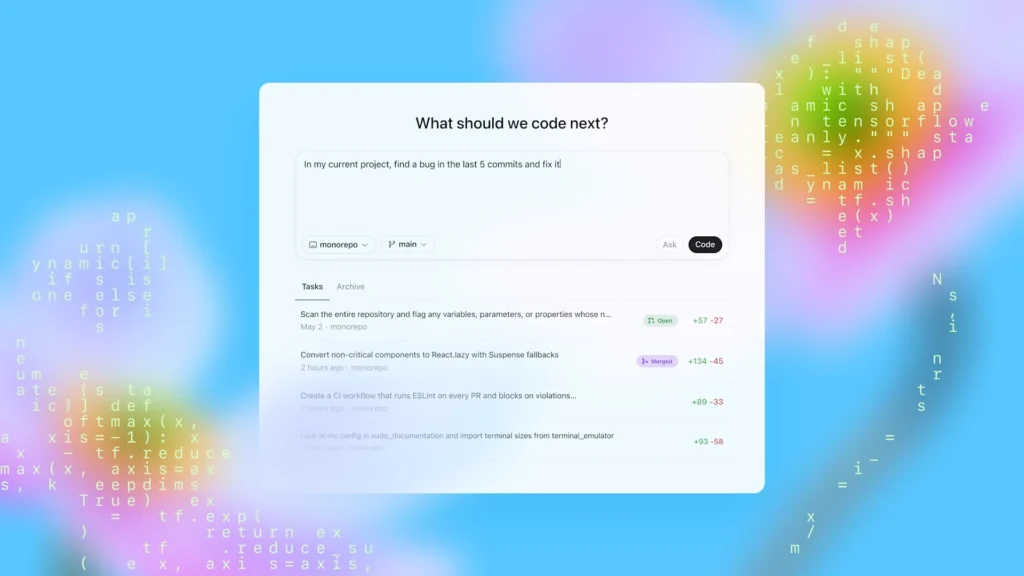Introduction
Artificial Intelligence is evolving at breakneck speed. In 2025, we’re no longer talking about just chatbots or text generation, multimodal AI (text, image, video, and even 3D) is dominating. Tools like Google’s Gemini with built-in image editing, Midjourney for digital art, and Synthesia for AI-powered video are setting the tone.
This post breaks down the hottest AI tools worldwide in 2025 and shows you how to create similar tools yourself using easily accessible APIs and frameworks. Whether you’re a developer, marketer, or entrepreneur looking to launch a product, you’ll find a roadmap here.
Table of Contents
-
Top AI Tools & Services in 2025
-
Why These Tools Are Dominating
-
How to Build Your Own: Practical Blueprints
3.1 Build a Feature-Rich AI Chatbot
3.2 Create High-Res AI Art for Etsy
3.3 Make Short Generative Videos
3.4 Launch an Autonomous AI Agent
3.5 Retrieval-Augmented Search (RAG) -
SEO Checklist for Publishing AI Content
-
Conclusion & Next Steps
1. Top AI Tools & Services in 2025
Conversational / Large Language Models (LLMs)
-
OpenAI (ChatGPT / GPT APIs): Still the go-to for building powerful conversational apps.
-
Google Gemini: Multimodal capabilities with fast image editing.
-
Anthropic Claude: Safety-focused, enterprise-friendly.
Image & Image-Editing Tools
-
Midjourney & Stable Diffusion: High-quality generative art with style control.
-
DALL·E: Inpainting & prompt-driven image generation.
-
Google’s new features (“Nano Banana” style editing): Quick, high-accuracy edits inside search & apps.
Video & Avatar Generation
-
Synthesia: Text-to-avatar video for training and marketing.
-
Runway & Luma: Text-to-video and AI video editing.
Development & Ops
-
Hugging Face / OpenAI API / Google Cloud AI: Managed model hosting and APIs.
-
LangChain / LlamaIndex: Orchestration frameworks for chaining LLM calls and retrieval.
-
Vector Databases: Pinecone, Weaviate, Milvus, essential for retrieval-augmented generation (RAG).
2. Why These Tools Are Dominating
Three big trends are driving adoption:
-
Multimodal experiences: Users want text, images, and video in one flow.
-
Speed + quality: Models are now good enough for production use in marketing, support, and creative industries.
-
LLMOps maturity: Devs can now monitor, scale, and version LLMs like any other microservice.
3. How to Build Your Own, Practical Blueprints
3.1 Build a Feature-Rich AI Chatbot
What you need:
-
Model API: OpenAI GPT or Google Gemini
-
Orchestration: LangChain
-
Vector DB: Pinecone / Weaviate
-
Backend: Python FastAPI or Node.js
-
Frontend: React / Next.js
Steps:
-
Sign up for a model API.
-
Preprocess your documents into embeddings.
-
Store embeddings in a vector database.
-
Use LangChain to retrieve top K docs and pass them to the LLM.
-
Add conversation memory and safety filters.
-
Deploy to Vercel or AWS Lambda.
3.2 Create High-Res AI Art for Etsy
What you need:
-
Image model: Stable Diffusion (local or API), Midjourney, or DALL·E
-
Editing: Runway / Google image edit API
-
Workflow automation: Python + Photoshop/Batch
Steps:
-
Define your product style and prompt library.
-
Generate high-resolution images (use upscaling for >5 MB).
-
Convert to print format (300 DPI, sRGB or CMYK).
-
Prepare variants & mockups for your Etsy listing.
-
Upload with SEO-optimized titles and tags.
3.3 Make Short Generative Videos
What you need:
-
Video model: Synthesia, Runway, or OpenAI multimodal endpoints
-
TTS: ElevenLabs or platform’s built-in voice
-
Editor: FFmpeg or built-in timeline
Steps:
-
Write a concise script.
-
Generate voice and/or avatar video.
-
Produce visuals or motion scenes.
-
Edit and add captions/music.
-
Export for YouTube, Shorts, or Instagram.
3.4 Launch an Autonomous AI Agent
What you need:
-
Base LLM: OpenAI / Anthropic / Gemini
-
Agent framework: LangChain Agents
-
Tool plugins: Browser automation, code execution
-
Storage: DB + vector DB
Steps:
-
Define the agent’s goal & allowed tools.
-
Build wrappers for external services.
-
Implement planner + executor pattern.
-
Add guardrails & logging.
3.5 Retrieval-Augmented Search (RAG)
What you need:
-
LLM + vector DB + ETL pipeline
Steps:
-
Ingest documents → split → embeddings.
-
Store in vector DB with metadata.
-
Build a search UI to fetch matches & query LLM.
-
Add citations, versioning & monitoring.
4. SEO Checklist for Publishing AI Content
-
Title tag: Include “Latest AI Tools 2025” early.
-
Meta description: 120–155 chars with main keyword.
-
H1 & H2: Use clear subheadings (tools, how-to).
-
Target keywords: “latest AI tools 2025,” “build AI chatbot,” “AI image generator for Etsy.”
-
Internal links: Point to other tutorials or tool reviews.
-
Outbound links: Authoritative sources (OpenAI docs, Hugging Face, etc.).
-
Schema markup: Add FAQ or How-To structured data for richer SERP snippets.
5. Conclusion & Next Steps
Generative AI in 2025 is bigger than any single product. With a few APIs and frameworks, you can build your own AI tools — from customer support chatbots to high-resolution artwork for sale.
Start small: pick a niche (like Etsy art or a custom chatbot), prototype using managed APIs, and gradually layer in vector databases, orchestration, and observability. Add a strong SEO foundation to your blog posts to attract the right audience and grow your reach.

